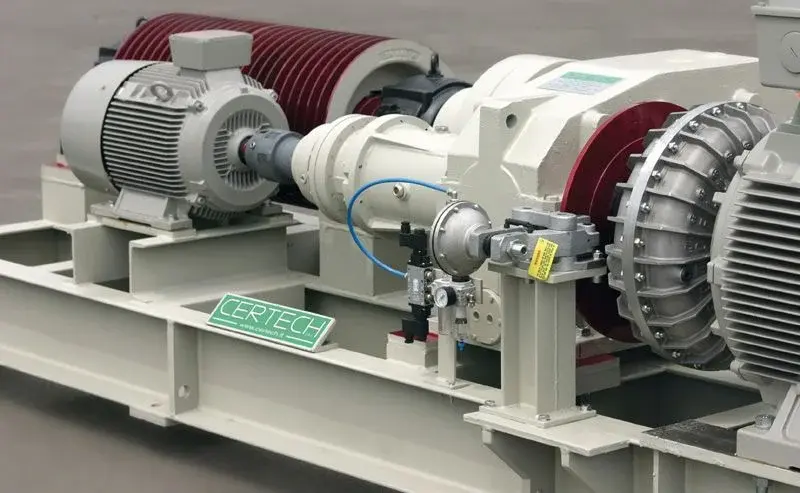Emc2
Guest
hi I have to couple a 18.5 kw 4 pole 1500 r/min to a gearbox and that size in the catalog I have two models
mla and mlc the first with size 180 and the second 160 , I wanted to know what refers to the suffix connected to the motor size (180mla , 160mlc) because on the catalog I can not find feedback, the two engines of equal power are indicated on two different tables the 160mlc belongs to the second where a lower number of models are inserted, perhaps because it is about sizes out standard ?
greetings
roberto
mla and mlc the first with size 180 and the second 160 , I wanted to know what refers to the suffix connected to the motor size (180mla , 160mlc) because on the catalog I can not find feedback, the two engines of equal power are indicated on two different tables the 160mlc belongs to the second where a lower number of models are inserted, perhaps because it is about sizes out standard ?
greetings
roberto

